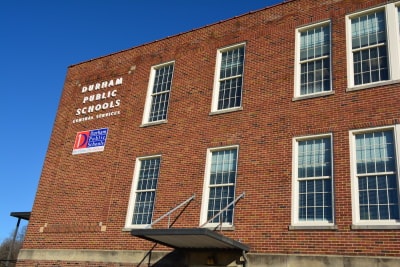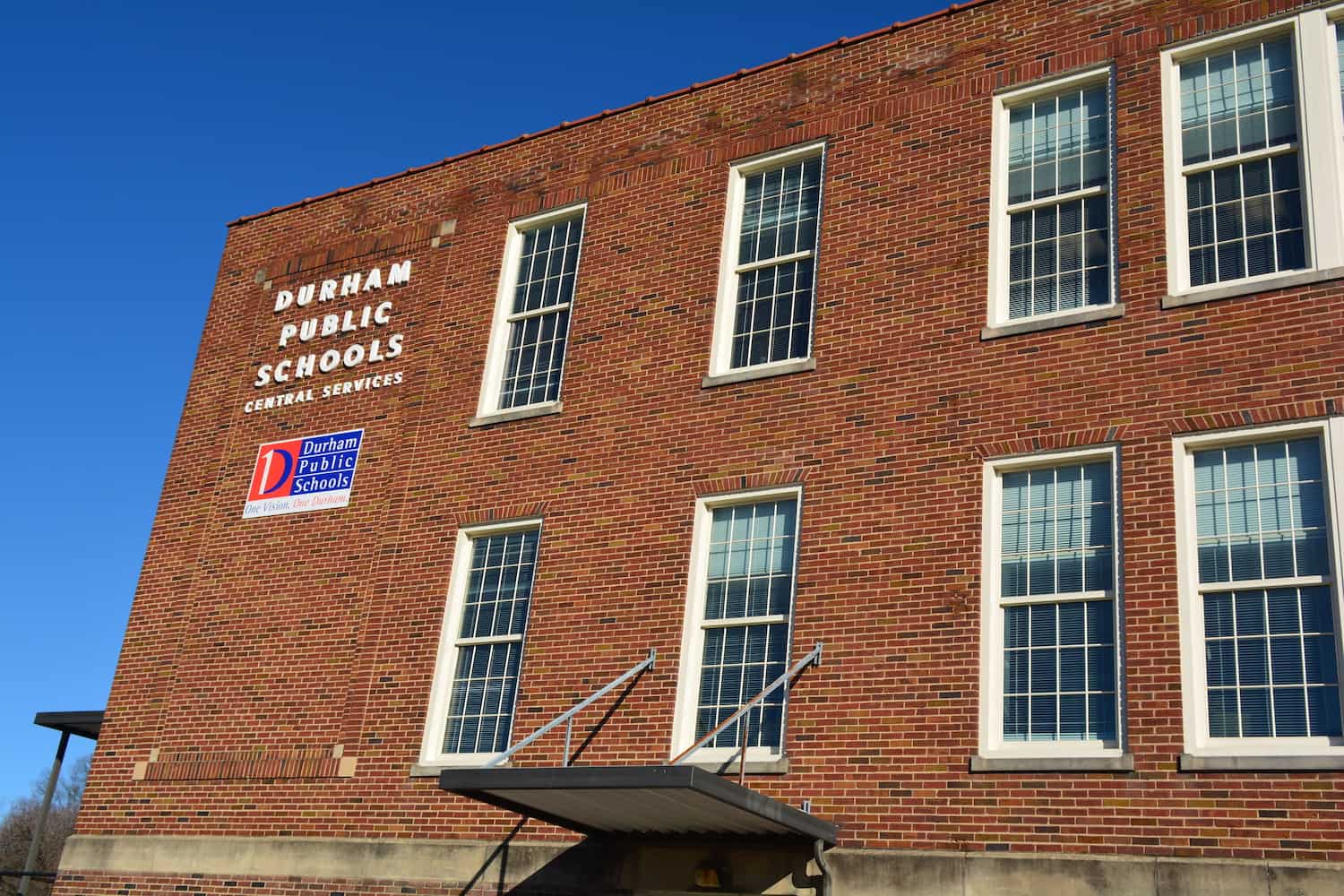Editor’s note: This is the last installment in a six-part series on the Durham Public Schools that originally appeared at the Bull City Rising Blog. The articles are reprinted here with authors’ permission.
We’ve seen this week a set of data that’s hard to stomach.
Despite an extremely generous comparative level of local funding — and total spending levels that are, on a per-pupil basis, at the top of those in peer counties — Durham students’ academic performance lags other North Carolina counties, by numerous measures.
We’d argue that this is no less than an enormous risk factor for the future success and well-being of the community.
Look at all the attention paid in recent years to finding ways to saving Durham’s “disconnected youth,” the tranche of Durham’s youngest residents who are not connected to schools, jobs, civic structures, and the like — and, therefore, those most likely to find connection in gangs or other antisocial outcome:
Or look at the names, faces and ages of those who have been arrested in so many of the shootings and murders plaguing our community in recent months: almost all were young men, often accused of crimes at an age where one would hope they would be in school, not the detention center.
As MDC noted in their report on disconnected youth:
Young people who fail to complete high school earn lower wages and are much more likely to become long term unemployed than their more educated peers. In 2006, the median weekly wage for high school dropouts 25 and older was $419; for holders of an associate’s degree, $721. According to Wald and Martinez (2003), in 2000, a period of low unemployment, barely more than 50 percent of high school dropouts were employed, contrasted with 93 percent of adults holding an associate’s degree or better. Between 1997 and 2001, over a quarter of high school dropouts were unemployed for a year or longer. Even more ominously, 16 percent of all young men aged 18 to 24 who lack a high school degree or General Educational Development certificate (GED) are estimated to be in prison or on parole at any given time. The corresponding figure for African-American males is 30 percent, higher than the proportion of African American males in higher education (Wald and Martinez, 2003).
In Durham Public Schools, 80.7% of students graduate in four years; the five year cohort rate is 85.8%.
That’s nearly one in seven youth, still, who find themselves in the economic and social blind-alley of disconnection. To contemplate that 16% of them — or nearly one in three, among African-Americans — are in prison or parole is a horrifying thought.
Yet we should be just as concerned that, even among the majority who do graduate — only 35% do so while meeting the state’s standards for college and career readiness.
That metric is intended to be met by all who receive a diploma. Where does this leave our youth who are completing high school yet failing to demonstrate a full readiness for the demands of further education or a career?
How will they compete in the global economy? How will we keep this much larger group from becoming at risk for the outcomes of underemployment, underutilization, alienation?
~ ~ ~ ~ ~
Undoubtedly, Durham faces unique challenges in ensuring acceptable academic outcomes for all students.
Unfortunately, instead of using some of the strongest local funding in the state to full advantage, we’ve raised data this week that suggests DPS may be shortchanging itself with administrative inefficiencies and worrisome spending priorities.
The state general assembly isn’t doing local school districts any favors with its underwhelming funding allotments, of course. Currently, Durham taxpayers are picking up the slack; more local tax dollars go to towards education than any other city or county service.
It behooves concerned Durham citizens to pay more attention to what’s happening in the Fuller building, and demand that DPS spend money in the right ways.
If DPS utilized all of its current tax dollars to maximize student achievement, of course, that still may not be enough to provide an equal educational opportunity for all. As a community, we’ll have to cross that bridge when we get there, but we must get there first.
DPS superintendent Dr. L’Homme and CFO Aaron Beaulieu inherited this budget and its implicit priorities from the troubled Becoats administrations and those before it. To his credit, Beaulieu brought the comparative study with Gaston, Johnston, and Cabarrus forward to the DPS budget advisory committee.
Coming up on their second budget cycle with the district, we must hope that they are now familiar enough with DPS’s structure and operations that they can identify opportunities for spending to reprioritized to categories with more direct impact on student learning.
As we write these words, the district is at the beginning of the budget development cycle for the 2016-17 academic year.
Now is the time for the public to weigh in on these issues and to ask to tough questions of the school board and the county commissioners, who have oversight responsibility and the final say over local school funding.
And as we’re entering the election cycle for three school board seats (though only one of which is a contested race) and for all five of the county commission seats, we hope that these issues will be discussed and debated on the campaign trail.
Recommended reading



